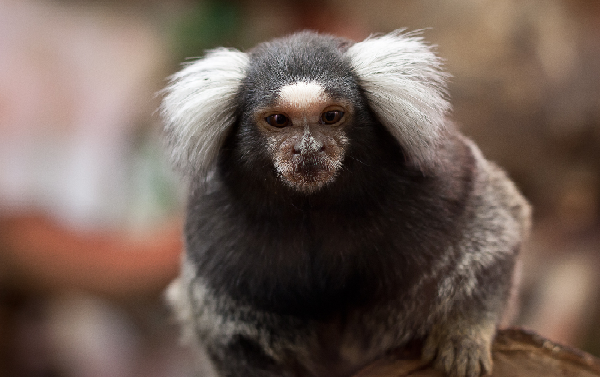Marmosets Become Vital Tool in Search for MERS-CoV Treatments
| Paula Marie Navarra | | Aug 23, 2014 03:09 AM EDT |
Researchers have developed an animal model based on the marmoset that could lead to better treatments for lethal respiratory diseases like MERS-CoV.
Researchers believe that rather than randomly testing animal species, it might be better to infect them with the disease.
They identified animals whose DPP4 protein was similar to humans, especially the part known to bind directly to the viral spike protein. This led researchers to believe marmosets are susceptible to MERS-CoV infection.
Like Us on Facebook
MERS-CoV has been found to bind to DPP4, which is found on the surface of cells in the airways such as the lungs and kidneys. Scientists are trying to use this knowledge to their advantage by blocking the virus's entry into the cell.
They found the marmoset's DPP4 has an identical amino-acid sequence to human DPP4. The three-dimensional model confirms DPP4 amino acids in a critical region of the receptor that MERS-CoV uses to infect cells.
The development of the marmoset model could have a major impact in the search for drugs and vaccines against MERS-CoV, according to scientists.
When given the virus, all the marmosets became infected and their lungs contained high loads of virus.
Researchers said recent studies identified how MERS-CoV recognizes and invades human cells.
Its spike protein binds to DPP4, a protein on the surface of human cells, and this leads to internalization of the virus. The virus then takes over the human cell and turns it into a virus factory.
Researchers see several advantages of marmosets over rhesus macaques and expect that marmosets will serve as the animal choice for future therapeutic studies.
They believe the development of a more severe marmoset model will ensure better pre-clinical analysis of treatments prior to clinical trials on humans.
Marmosets are relatives of monkeys. They have primitive features like claws rather than nails and tactile hairs on their wrists.
They lack wisdom teeth, have primitive brain layouts and unusual body temperature that changes up to 4°C in a day.
They grow to around 20 centimeters long and can be found in Bolivia, Brazil, Colombia, Ecuador, Paraguay and Peru.
©2015 Chinatopix All rights reserved. Do not reproduce without permission
EDITOR'S PICKS
-

Did the Trump administration just announce plans for a trade war with ‘hostile’ China and Russia?
-

US Senate passes Taiwan travel bill slammed by China
-

As Yan Sihong’s family grieves, here are other Chinese students who went missing abroad. Some have never been found
-

Beijing blasts Western critics who ‘smear China’ with the term sharp power
-

China Envoy Seeks to Defuse Tensions With U.S. as a Trade War Brews
-

Singapore's Deputy PM Provides Bitcoin Vote of Confidence Amid China's Blanket Bans
-

China warns investors over risks in overseas virtual currency trading
-

Chinese government most trustworthy: survey
-

Kashima Antlers On Course For Back-To-Back Titles
MOST POPULAR
LATEST NEWS
Zhou Yongkang: China's Former Security Chief Sentenced to Life in Prison

China's former Chief of the Ministry of Public Security, Zhou Yongkang, has been given a life sentence after he was found guilty of abusing his office, bribery and deliberately ... Full Article
TRENDING STORY

China Pork Prices Expected to Stabilize As The Supplies Recover

Elephone P9000 Smartphone is now on Sale on Amazon India

There's a Big Chance Cliffhangers Won't Still Be Resolved When Grey's Anatomy Season 13 Returns

Supreme Court Ruled on Samsung vs Apple Dispute for Patent Infringement

Microsoft Surface Pro 5 Rumors and Release Date: What is the Latest?










